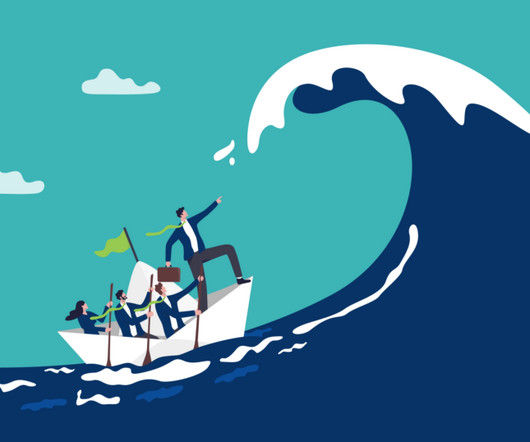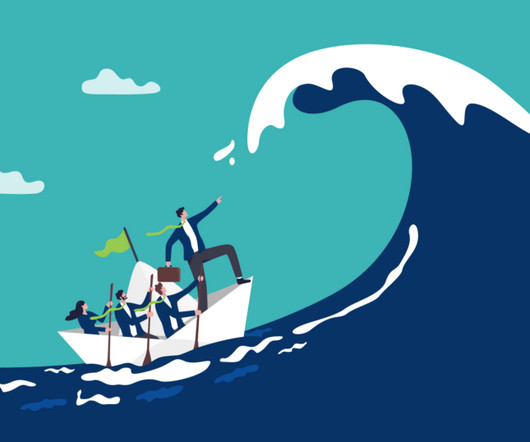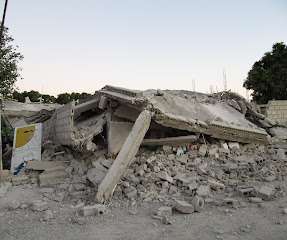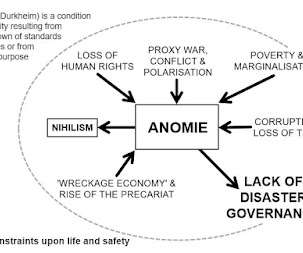The 2019 Global Assessment Report (GAR)
Emergency Planning
MAY 30, 2019
An example of this for the 2013 GAR can be found in Di Mauro (2014). Unofficial voices have suggested that the 'cure to damage ratio' for natural hazards is 1:43. Global probabilistic assessment of risk from natural hazards for the Global Assessment Report 2013 (GAR13). These may be published separately in an academic journal.












Let's personalize your content